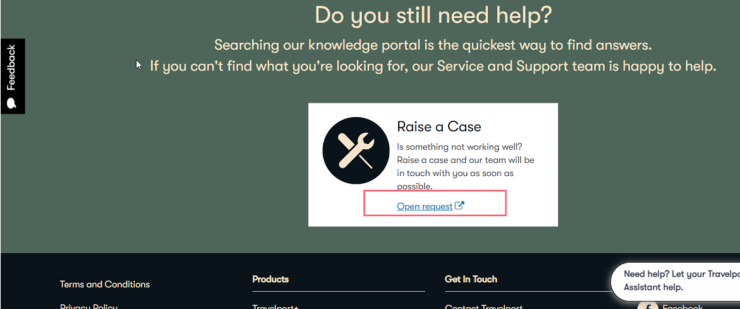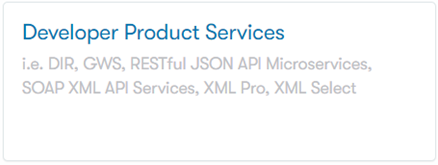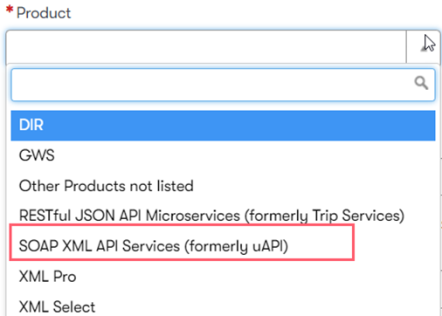The Enter Queue is used to retrieve a Universal Record for the first record on the specified queue.
Schema
Located in GDSQueue.xsd:
Request
An Enter Queue request is made using GdsEnterQueueReq in GDSQueue. By default, the first record on the queue is returned. In Galileo and Apollo, a PNR record locator code can be specified to return a specific PNR.
Note: GdsEnterQueue allows you to enter a queue more than one time.
Important!
The QueueSelector/QueueNumber attribute is required. The other attributes in QueueSelector are optional, however a Date Range can only be included in the request if there is a category in the request:
- Category
- DateRange
Important! Category and Date Range must be configured for agencies and other travel providers via GDS Desktop.
- Enter Queue times out after 30 minutes of customer inactivity.
- If queue session times out, record will be placed back on the queue from where it was removed, within specified time period.
The ProviderCode and TargetBranch must be included in the request. The PseudoCityCode can also be sent in the request, but is not required. When the Pseudo City Code (PCC) is not included, it is determined by Universal API.
The @QueueSessionToken is used on a subsequent GDSNextOnQueueReq or GDSQueueExit requests. The token is maintained until Queue Exit.
Galileo supports consolidator queues. Consolidators with permission to emulate an agency's PCC can manage and ticket Universal Records/PNRs for specified queues on the agency's behalf. On Queue Enter, only URs that are accessible for the consolidator can be retrieved. If the PNR on Queue did not originate in Universal API, the PNR is imported into Universal API. If a corresponding Universal Record does not already exist for the PNR, a new Universal Record is created.
Response
The Enter Queue response retrieves the next PNR record locator that is on queue or a specified PNR in a queue. If a Universal Record (UR) was created for the PNR that was retrieved on the queue, it is added when the request does not include a ProviderLocatorCode and a message is sent in the response, indicating that a UR booking was created.
Because a Universal Record could have multiple GDS locators, the GDS locator that is currently on the queue shows whether it has been accessed by the customer. This information is sent in the response in GdsEnterQueueRsp/UniversalRecord/ProviderReservationInfo @InQueueMode, which is used to identify which PNR is retrieved from the queue:
- InQueueMode = "true" if the GDS locator that is returned is the one that is currently on the Queue.
- InQueueMode = "false" if the GDS locator that is returned is NOT the one that is currently on the Queue.
Errors and Warnings
During GDSEnterQueueRequest, if Universal API encounters a PNR import failure, and the unsynchronized Universal Record (UR) cannot be displayed by Universal API:
- The error message Please try GDSEnterQueueReq again is returned.
- The GDSQueueEnter request must be resent to sign in to the GDS Queue.
If an import or synchronization failure occurs, the PNR will no longer be on queue for Worldspan (1P).
If a PNR synchronization failure occurs, but the unsynchronized Universal Record can be displayed by Universal API:
- A warning is returned: Please use GDSNextonQueueReq to get the next PNR in queue or use GDSExitQueueReq to exit the queue.
Exceptions
Previously, queue enter functionality was only available on Galileo (1G) and Apollo (1V). With GDSQueue v35.0 and later, queue enter functionality is available on Worldspan (1P).
ACH does not support queues.


